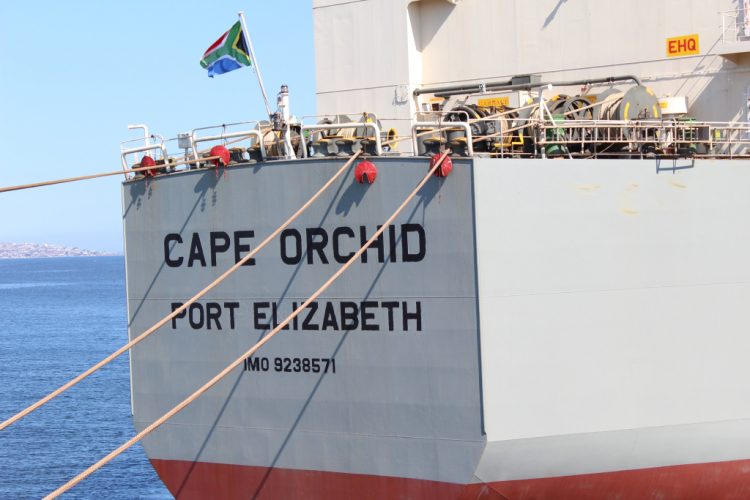Letter of Credit requires IMO Number to be shown on Bill of Lading
• Carrier not obligated to show commercial information on the bill of lading
• Banks should revisit what information they request on a letter of credit
• There is no relationship between a carrier and a letter of credit
L/C requires the vessel IMO number on the B/L. This time shipping line said they won’t accept my request as per their policy. What should I do now? Have you got any suggestions for this issue?
I receive many questions from readers of this resource and above is one such question from John Alan.
Let’s start with what an IMO Number is
The IMO ship identification number scheme was introduced in 1987 by the IMO through adoption of resolution A.600(15), as a measure to enhance ship safety and security.
Each ship is assigned a permanent number for identification purposes. That number remains unchanged upon transfer of the ship to other flag(s) and is to be inserted in the ship’s certificates.
The implementation of this system became mandatory for all ships as of 1st January 1996.
The IMO ship identification number is made of the three letters “IMO” in front of the Lloyd’s Register (LR) Number (seven digits) which becomes the IMO number.
Now to the question why some shipping lines may not clause a bill of lading with the IMO number. Seems like a genuine kind of request??
Commercial information on bill of lading
One of the roles fulfilled by a bill of lading is as “an evidence of the contract of carriage” between the shipping line and merchant.
Some of the shipping lines do not allow any commercial information to be mentioned on the bill of lading and will only allow the details of the cargo and related carriage information to be mentioned on the bill of lading.
Examples of the items that some of the shipping lines do not allow in the body of the bill of lading
• Value of the cargo
• Terms of sale between buyer and seller including reference to Incoterms® agreed between the seller and uyer (example some terminology like “This shipment is bought on CIF basis” etc)
• Details of delivery to be done to an inland destination by the receiver
• Clauses like vessel will not call or transit via certain ports
• IMO number of ship
There are several reasons why shipping lines do not allow such clauses and other commercial information on the bill of lading.
- These clauses do NOT form part of the contract of carriage between the shipping line and merchant.
- They do not want to expose themselves to any claims based on the endorsement of such non-related information on the bill of lading.
- They not party to or privy to commercial information between buyer and seller (eg : value of cargo).
- Neither do they have any idea nor can they attest to the veracity of the statement(s) the merchant wants them to show on the bill of lading.
Therefore they will stick to showing the basic details of the shipment as outlined in Part 3 of my multi-part article about Parts of a Bill of Lading.
In this particular case, apart from the above mentioned reasons, the container may be transhipping at some port, in which case the IMO number of the transhipping vessel will be different to that of the vessel shown on the bill of lading and that could also be a reason that the shipping line doesn’t want to show the IMO number on the bill of lading.
Letter of Credit and the connection to shipping line
A Letter of Credit (L/C) is a form of documentary credit agreed between the seller and the buyer via their banks and a shipping line is NOT obligated to clause their bill of lading according to the L/C with this IMO number or any other information.
So John, the choice that you have, is to convince the beneficiary to accept maybe a certificate from the shipping line stating that the carrying vessel’s IMO number is such and such.
Even this certificate may be issued by the shipping line only at their discretion and not under any obligation.
Source: https://bit.ly/3k5CnVK by Hariesh Manaadiar









main.comment_read_more